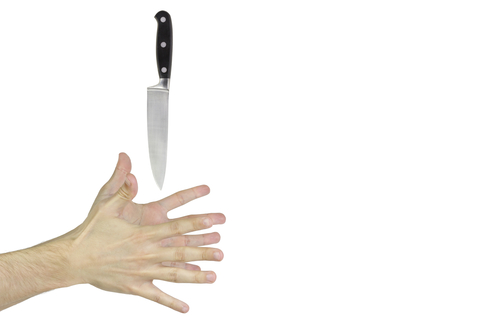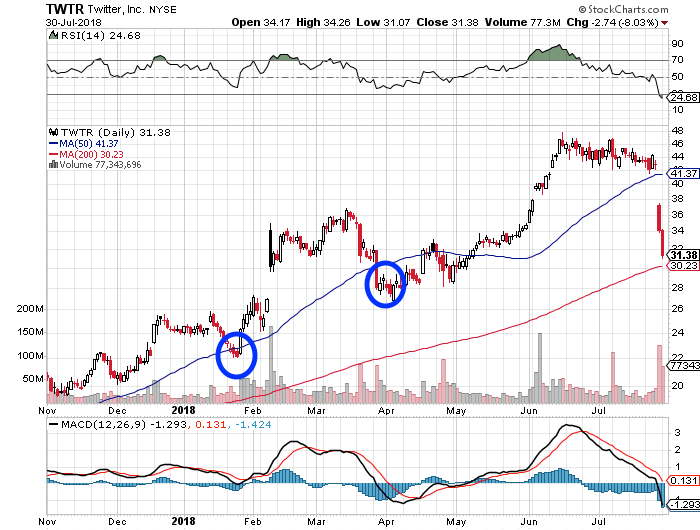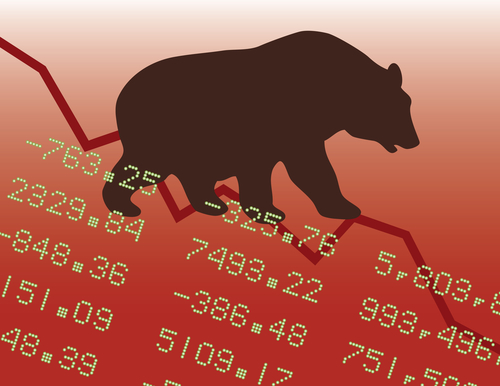How to Properly Catch a Falling Knife

Traders are often told to buy excessive fear.
Warren Buffett even advises to buy when others are fearful.
It’s part of the reason some bought Twitter (TWTR) and Facebook (FB) after both witnessed ugly downturns on earnings fiascos.
And while relative strength (RSI) fell below its 20-line on both…
And while MACD fell to a historic low, as the stock fell under its lower Bollinger Band… And while Williams’ %R (W%R) fell under its 80-line, it wasn’t time to buy.
That’s because panic was so intense, a falling knife formed.
And as we all know, the last thing you ever want to do is attempt to catch a falling knife. Nine times out of 10 you’ll get cut bad, and your money will bleed out.
However, there are three steps to take prior to catching that falling knife.
The first rule of catching falling knives is just the act of waiting. Bad news will typically take some time to absorb, so you want to wait it out. Allow the stock to stop falling, which is an indication of a potential bottom. It doesn’t matter how cheap the stock gets. It can always get cheaper on bad news. Don’t rush the buy. Sit and wait.
Two, wait for the falling knife to stop and potentially form a bullish candlestick with reversing momentum indicators, such as RSI, MACD and Williams’ %R. Oftentimes, candles such as doji crosses form at points of indecision and can often pinpoint exact buying points after a drop.
If you take a look at this nine-month chart of Twitter, you can see that after every major drop, a doji-cross appeared, signaling a potential bottom. Fear at both points was fully priced in. You can see that in late January 2018 and again at the start of April 2018.

In July 2018, that’s a falling knife at the 200-day moving average.
Until it shows technical signs of a bottom, and until fear is fully priced in, it had the potential to keep falling to test April 2018 support around $26.
And three please wait for confirmation of a trend change.
Make sure you’re not buying into a fake move higher, as some traders attempted to buy with Facebook in July 2018. Here, RSI, MACD and Williams’ %R were excessively oversold. At bottom of trend, a bullish candle appeared to mark the bottom.



